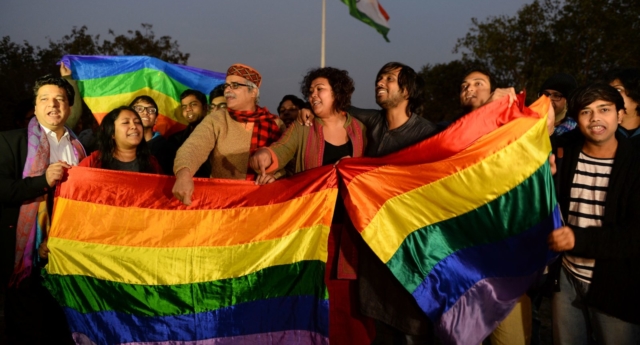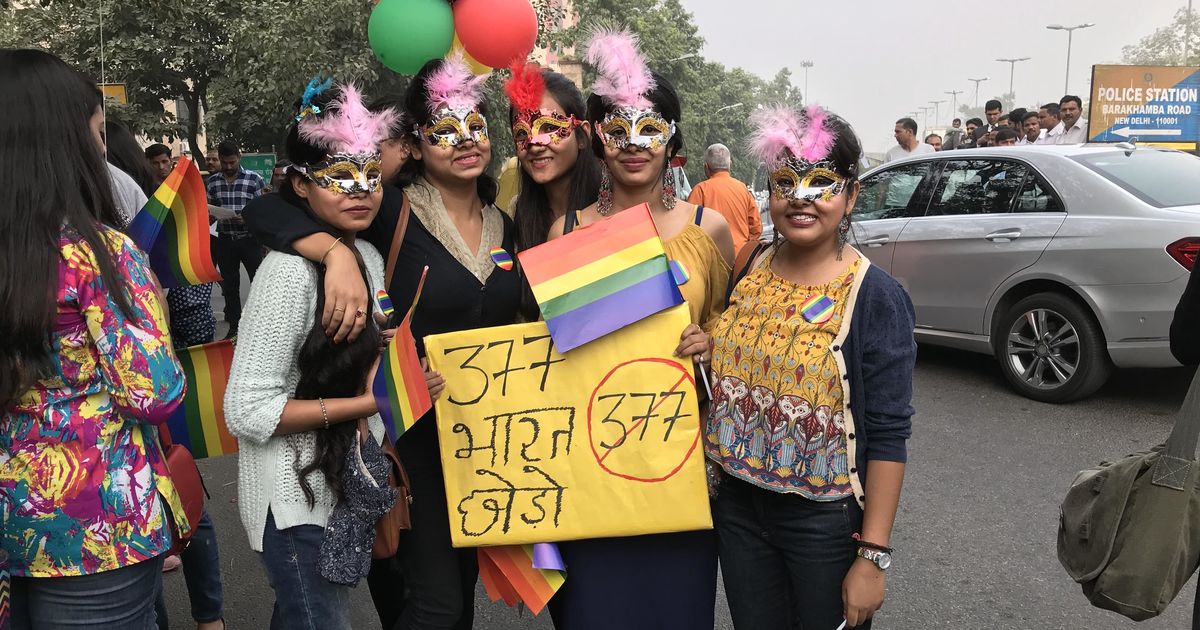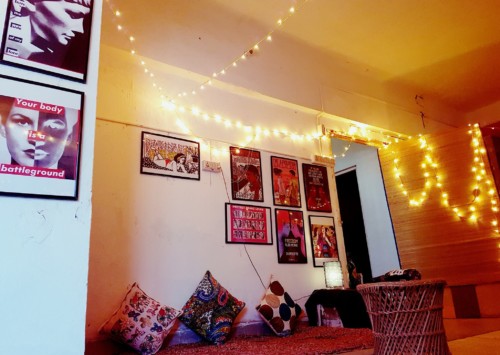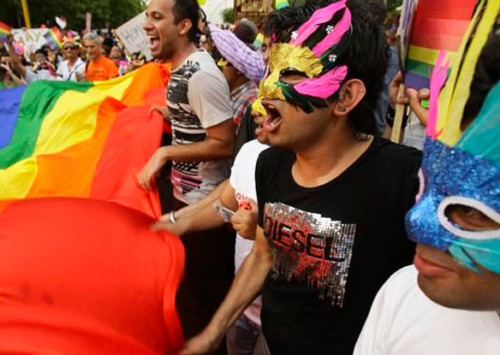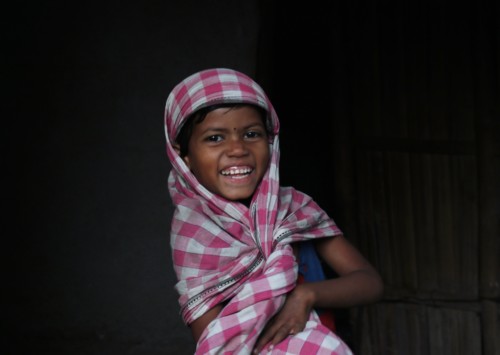As India decriminalises homosexuality, did love find a way?
Even as the Supreme Court of India has decriminalised homosexuality in the country, people belonging to the LGBTQ (lesbian, gay, bisexual, transgender and queer) community still have a long fight ahead of them to try to get rights on a range of issues like same-sex marriage and legal adoption.
The LGBTQ community in India has very enthusiastically welcomed the verdict of the Supreme Court of India legalising same-sex relations between consenting adults. People belonging to the community wildly celebrated this long-awaited victory, after decades-long battle in country’s courts. Impromptu festivities broke across the nation on streets and over the internet, holding up a common symbol – the rainbow flag.
While the top court’s verdict has opened doors for the community to legally choose their partners, the fight isn’t over yet, as the same-sex couples still have an uphill task ahead of them. Indian laws still don’t permit same-sex marriage or adoption of children by these couples.
The Special Marriage Act of 1954 provides for people of India and all Indian nationals in foreign countries, irrespective of the religion or faith, to marry, but there is no such provision for the same-sex couples. A lot of these couples living in India have to travel to other countries in order to receive that stature.
The same holds true for adoption. In August 2014, the Union cabinet while considering amendments to the Juvenile Justice (Care and Protection of Children) Act, 2000, decided to stop same-sex couples from adopting children.
Akshay Kaushal, a 27-year-old, who has always been open about his sexuality, feels euphoric, but says that there is still a lot to fight for. “I am on cloud nine. I think no one should decide on whom someone loves. The Supreme Court of India has decriminalised my existence – it is a day to celebrate. However, the fight does not end here – we should also be given an equal stature and rights on marriage and adoption. Similarly, it should be illegal for landlords to not let homosexual couples live in.”
The verdict is seen as the first step towards guaranteeing full range of fundamental rights to LGBTQ persons and in the elimination of the stigma and discrimination against the rainbow flag. However, a further upsurge in acceptance of gay marriages and court sanction for adoption of children might see resistance from various religious and conservative groups. In a nation where even an inter-caste or inter-religion marriage is considered taboo, same-sex marriage wouldn’t be accepted easily. India’s government, a right-wing Hindu nationalist coalition led by the Bharatiya Janata Party, has indicated it will support the Supreme Court in its ruling, but it might oppose attempts by activists to push for further rights.
Story of the rainbow flag
The rainbow wasn’t popularised as an official symbol of the gay community until the 1970s. In 1978, a San Francisco-based artist and gay activist – Gilbert Baker – designed what is believed to be the first modern gay pride flag by combining various coloured stripes. It is typically made up of six stripes, which appear in descending order from red, orange, yellow, green, blue, and violet, positioned horizontally.
Originally hand-stitched and hand-dyed, the flag had eight colours including hot pink and turquoise. But over the years, the flag has seen some changes in the colour bands – for example, hot pink was removed due to the difficulty in availability of its fabric.
The colours in the rainbow flag are meant to symbolise togetherness within the LGBTQ community, irrespective of race, gender, age and nationality. Each of these colours represents something – red is for life, orange for healing, yellow symbolises sunlight, green is for nature, indigo is for harmony and violet is spirit. Hot pink and turquoise in the old flag represented sex and art, respectively. Before this, the symbol for gay community was a pink triangle, which had originally been used by the Nazis in concentration camps to denote gay people and other ‘sexual deviants’.

